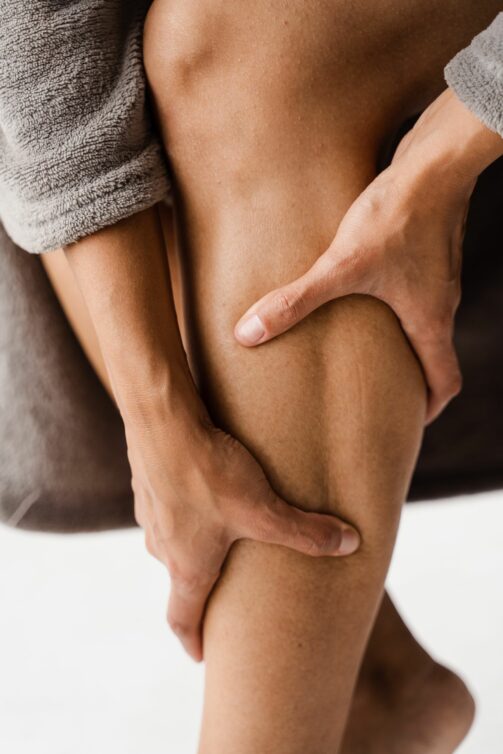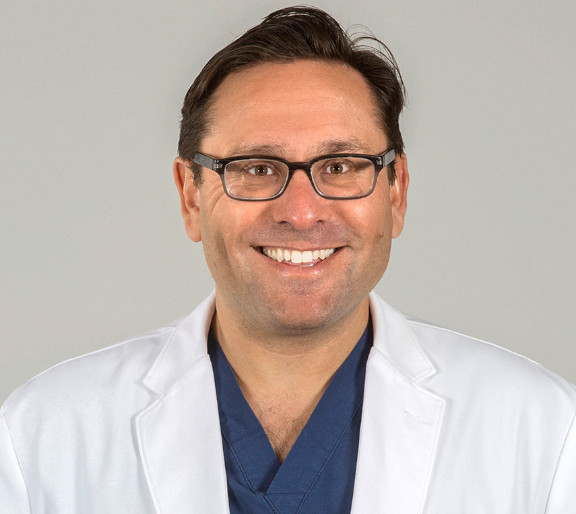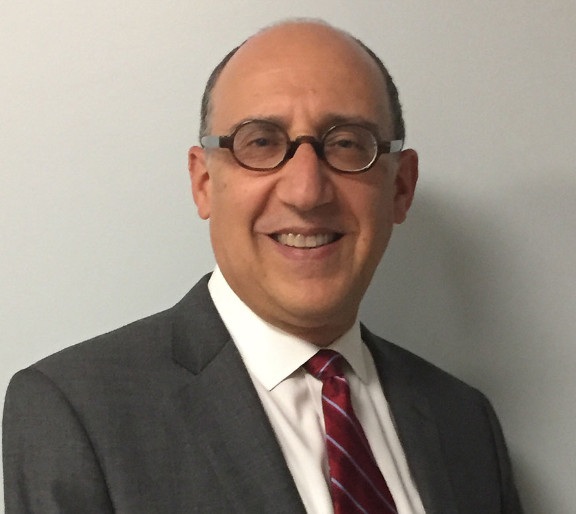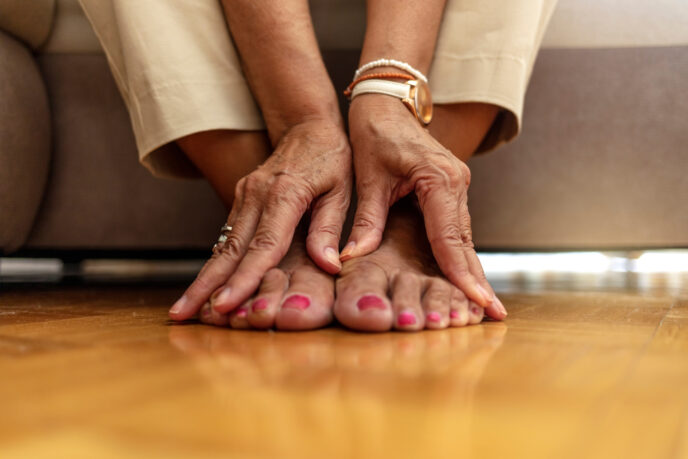
Treatments for Peripheral Artery Disease
Peripheral arterial disease is a common condition in which the arteries become blocked by plaque buildup. This reduces the blood and oxygen that are able to flow to the limbs and other parts of the body and can lead to severe complications if left untreated. Proper and timely treatment is crucial for helping patients avoid the later stages of PAD. These later stages can lead to limb amputation, heart attack, or stroke, and at American Endovascular, we provide a variety of treatment methods to help patients start living healthier lives.
Treatment for peripheral artery disease depends upon the stage of the condition and each patient’s unique medical situation. If treatment is implemented early enough, the condition can possibly be reversed and the patient can avoid progressing into the later stages of PAD. As PAD does not always present with symptoms, those who are at a higher risk for developing the condition should be proactive with cardiovascular checkups and bring any concerns to their doctor sooner rather than later. Learn more from American Endovascular about the various treatment options for PAD and how we help patients in NJ, NY, and OH.

Peripheral Artery Disease Treatment Options
Treatment options for PAD vary depending on the severity and stage of the condition. The ultimate goals of PAD treatment are to manage symptoms (such as leg pain) so patients can live life more comfortably, improve artery health, and decrease the risk of complications down the road. When you visit one of our vascular specialists, they will assess your situation and determine the best treatment option for you.
Lifestyle Changes
Lifestyle changes can be extremely impactful in the early stages of peripheral artery disease. Exercise and control of cholesterol can even reverse PAD early in the course of the disease. There are a number of changes you can make in your daily life that can improve your vascular health and reduce your risk of PAD-related complications.
Quit Smoking
Research shows that continuing to smoke following a diagnosis of PAD increases a patient’s risk for heart attack and death from heart disease compared to those who quit smoking after their diagnosis. We understand that quitting smoking is easier said than done, and we encourage you to look into smoking cessation programs in your area.
Regular Exercise
Walking and other forms of exercise are extremely important to living a healthy life with PAD. Incorporating a regular walking routine can help you increase the distance you are able to walk before experiencing PAD-related leg pain (claudication). Regular exercise has been shown to dramatically improve PAD symptoms.
Eat a Balanced Diet
Diet changes that can have a positive effect on vascular health include limiting fat and saturated fat intake and avoiding trans fats. You should also make sure that your diet is high in fiber and low in cholesterol and sodium.
Proper Management of Other Medical Conditions
Part of the treatment of PAD is managing other medical conditions that may be making your PAD symptoms worse. These include high blood pressure, high cholesterol, and diabetes. Proper management of conditions like diabetes can reduce limb-related complications in those with PAD.
Medications
While working with you and assessing your case of PAD, your primary doctor and vascular specialist will let you know if medications may be helpful as part of your treatment plan. There are several different medications that may be prescribed as part of treatment for PAD. Certain medications can also help reduce your risk of developing another cardiovascular disease.
Statins
Statins are drugs prescribed for high cholesterol that are often taken by patients with PAD. These medications work to lower cholesterol levels and reduce plaque buildup in the arteries. They also reduce the risk of heart attack and stroke. Your doctor will assess your cholesterol levels and let you know if statins are right for you.
High Blood Pressure Medication
High blood pressure can worsen symptoms of PAD, as uncontrolled high blood pressure can make the arteries stiff and hard and slow the flow of blood to the limbs. Those with high blood pressure may be prescribed medications to lower their blood pressure.
Antiplatelet Agents
Antiplatelet agents, such as aspirin or clopidogrel, are taken to improve blood flow and prevent blood clotting. This is important for those with narrowed arteries, as it is already more difficult for blood to flow throughout the body.
Pain Medication
The medication cilostazol helps patients with PAD find relief from leg pain. It thins the blood and widens the blood vessels so that blood can flow more freely to the limbs. This helps to reduce pain and allows patients to find more enjoyment in exercise and other physical activities.
Minimally Invasive PAD Treatments
At American Endovascular, we are proud to provide our patients with access to a number of innovative, minimally-invasive treatment methods for peripheral artery disease. When you visit one of our vascular centers in NJ, NY, or OH, we will review your treatment options with you and guide you toward the best next steps.
Amputation Prevention
At American Endovascular, our vascular specialists use advanced techniques and technologies such as pedal loop intervention to help patients avoid amputation. We are proud to support limb salvage and preservation at our vascular centers.
Angioplasty
Angioplasty involves the insertion of a low-profile catheter and inflatable balloon into the artery in order to stretch it open. From there, blood and oxygen are able to more easily flow to the body’s muscles and tissues.
Atherectomy
Atherectomy procedures have evolved over the years, and now include cutting-edge advances such as orbital, rotational, and diamond-coated surface technology. A laser can also be used to remove or modify plaque in a clogged blood vessel. Atherectomy is the chosen treatment method when the artery or blood vessel cannot be treated with stents.
Stent Placement
A stent is a metallic-based implantable device that can be inserted into an artery to provide a new skeletal framework. This helps to strengthen the walls of the artery and keep it open, allowing blood and oxygen to flow more freely. Some stents can even prevent blood clotting via drug-eluting properties.

What is the Best Treatment for Peripheral Artery Disease?
The best treatment for peripheral artery disease will depend on what is best suited for each patient, their stage of PAD, and other unique factors. Lifestyle changes and certain medications can be very successful in treating PAD and its symptoms in the early stages, but more advanced minimally invasive treatment may be indicated as the condition worsens. Proper treatment will help you avoid more dangerous complications down the road.
When you visit American Endovascular, we will let you know if a minimally invasive procedure is the right next step for you. We are proud to incorporate innovative, minimally invasive-image guided techniques into the care we provide, and we strive to stay ahead of the industry and keep our care as up-to-date as possible. Whether you need an angioplasty procedure, atherectomy, or placement of a stent, our physicians work with the ultimate goal of preventing amputation and helping patients live healthier and more comfortable lives.
What to Expect from Your PAD Treatment
PAD Treatment FAQ
If you have PAD symptoms or fall into a higher risk group, we recommend that you come in for an evaluation. In its latest stage, patients with PAD may experience non-healing wounds which can increase the chance of infection and amputation. However, half of amputations can be preventable with early detection!
There are many benefits of choosing a minimally-invasive procedure to address PAD and its symptoms over more traditional surgical methods (such as bypass surgery). The treatment options we offer at American Endovascular do not require large incisions or stitches and are generally less painful than open surgeries. These procedures also have a lower risk of bleeding and other complications, along with a shorter recovery time.
Before your procedure at American Endovascular, our specialists will inform you of exactly what to expect after your procedure. It is not uncommon to experience some pain and swelling after surgery, even when minimally-invasive methods are used. This should subside over time. Blood flow to the limb should improve after your procedure and improve your overall vascular health. Certain procedures have different recovery instructions, and our team will ensure that you have all the information you need for a healthy recovery.
Our Vascular Specialists
We are thrilled to offer patients in NJ and NY access to the “best of the best” in vascular care at American Endovascular. Our endovascular specialists are recognized as innovators in the fields of vascular care and interventional radiology and work with patients of all ages to address PAD and related issues. We are proud to make a difference for patients with peripheral artery disease.
What Our Patients Are Saying
Learn more about our patients’ experiences at American Endovascular.
Recent Blogs & Videos
Learn more about vascular health, prevention, and care for Peripheral Artery Disease.















